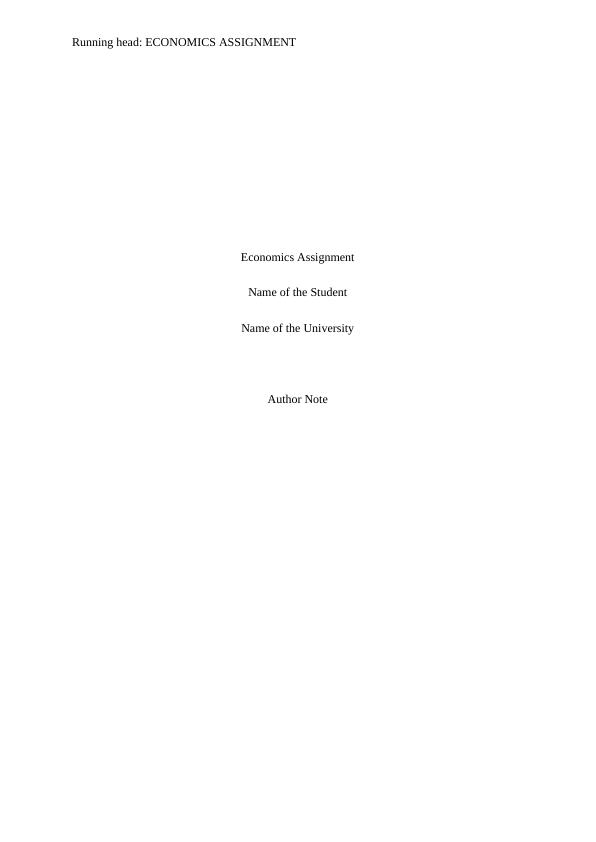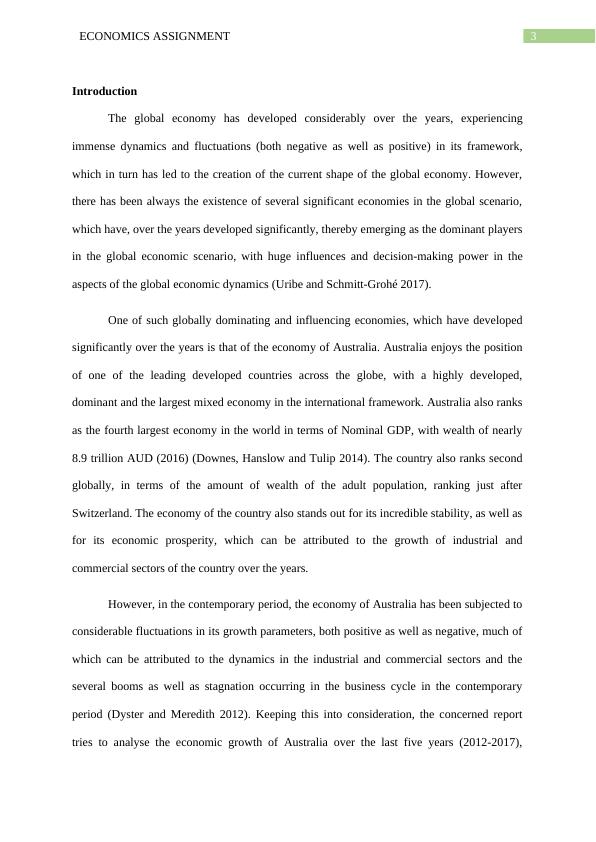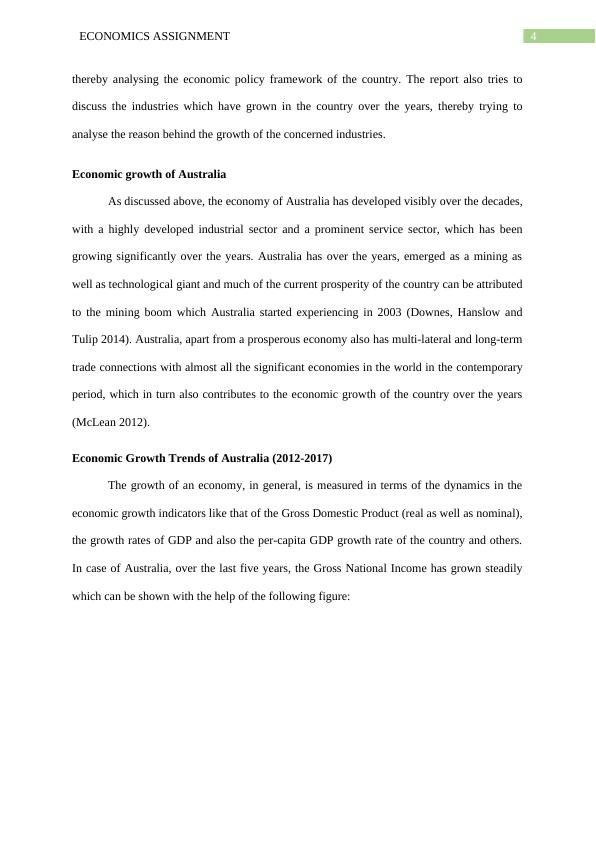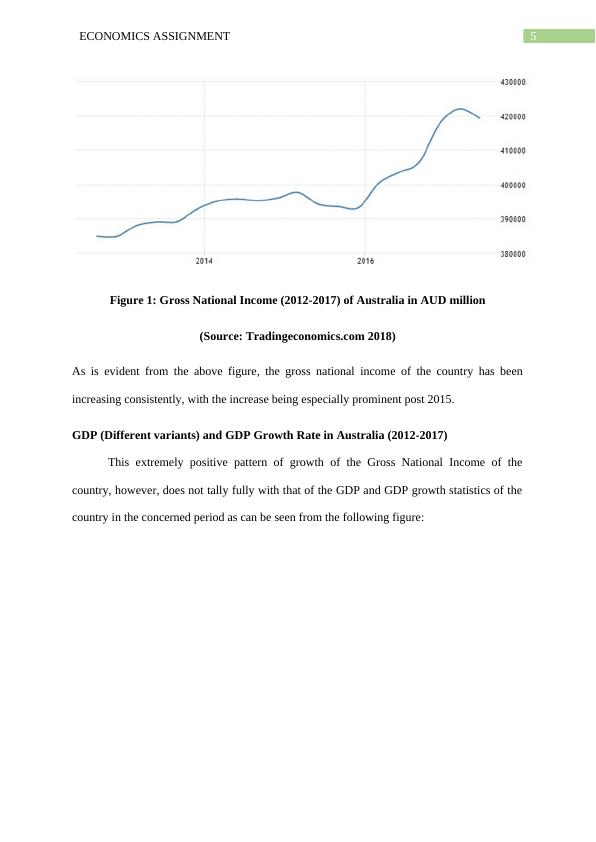Economic Growth and Policy Framework of Australia (2012-2017)
Analyzing the GDP and Economic growth of Australia during the last 5 years and evaluating the Australian Government's policy towards this. Identifying the growing industries and reasons behind their growth.
22 Pages4241 Words145 Views
Added on 2023-06-12
About This Document
This report analyses the economic growth of Australia over the last five years (2012-2017), thereby analysing the economic policy framework of the country. The report also tries to discuss the industries which have grown in the country over the years, thereby trying to analyse the reason behind the growth of the concerned industries.
Economic Growth and Policy Framework of Australia (2012-2017)
Analyzing the GDP and Economic growth of Australia during the last 5 years and evaluating the Australian Government's policy towards this. Identifying the growing industries and reasons behind their growth.
Added on 2023-06-12
ShareRelated Documents
End of preview
Want to access all the pages? Upload your documents or become a member.
Assignment on Economics (PDF)
|18
|3854
|20
HI5003 - Business Economics Assignment
|22
|4369
|270
(PDF) Economics Assignment Solution
|21
|3736
|31
Economy of Australia: GDP, Inflation, Unemployment, Trade Volumes and Policy Structure
|18
|3856
|168
Economy of Australia - Assignment
|18
|3584
|41
Macroeconomics Assignment (Sample)
|14
|2796
|364






